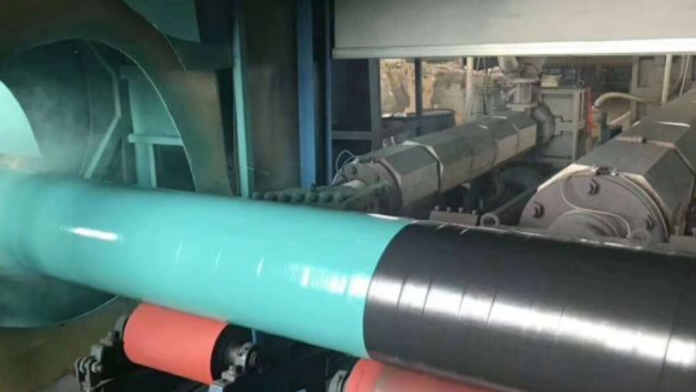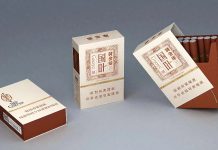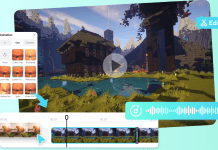API 5L pipes are a specification developed by the American Oil Foundation (programming interface) for the production of seamless and welded steel pipes utilized as a rule within the overall oil undertaking. The significance of API 5L pipelines lies in their adherence to severe well-being and security necessities. They go through thorough testing, comprising hydrostatic, bending, CVN effect, and drop-weight tear tests, to guarantee their underlying trustworthiness and dependability.
Compliance with these requirements ensures that the pipes can face high strain, harsh environmental situations, and mechanical stresses throughout transportation, installation, and operation. API pipe ensures the efficient and secure transportation of treasured assets, contributing to the stability and growth of the electricity region. They are vital components of pipelines, facilitating the distribution of energy sources to customers around the sector.
Essential Tests Required For API 5L Pipes
The mandatory tests for API 5L pipes are listed below. All of these tests serve a particular purpose in verifying the quality and integrity of the pipes.
Hydrostatic Test
A hydrostatic test is a critical and excellent management measure used during the production of line pipes. This test tests for leaks inside the weld seam or the pipe frame, ensuring that the pipe can stand up to the stress it will encounter at some point in operation. To conduct a hydrostatic check, water is pumped into the pipe until it reaches a predetermined strain.
Bending Test
The bending test is another essential quality management degree in metallic pipe manufacturing. This test assesses the welds’ integrity and the metal’s common power with the aid of checking for cracks when the pipe is bent right into a U-shape. During the test, a sample piece of pipe is bent, and the metal is examined for any cracks or signs and symptoms of weak points. If any defects are observed, the whole batch of steel pipes is scrapped, and a brand new batch is produced. It verifies the ductility and durability of the metal, making sure that the pipes will no longer fail under bending stresses.
Flattening Test
This test is important for determining the metallic’s energy and ductility—two critical residences for line pipe applications. Throughout the check, strain is applied to a steel tube until it deforms or cracks. The flattening check performs a vital function in making sure that the metal used in line pipes is of the highest quality.
CVN Impact Test
The Charpy V-notch (CVN) impact test is a temperature check conducted to verify the mechanical properties of the pipe. This test measures the pipe’s effect strength at diverse temperatures, making sure it can perform properly in extraordinary environmental conditions. The CVN impact test is performed on three exceptional positions at the pipe: the frame, the welding seam, and the heat-affected area. This test is vital for making sure that the pipe can absorb power at some stage in impact without fracturing, which is critical for stopping brittle failures inside the area.
Drop-Weight Tear Test (DWTT)
The drop-weight tear test (DWTT) is exact in the API 5L manufacturing specification to assess the ductile fracture behavior of pipes. The DWTT makes certain that pipes can face the stresses of transportation and installation without breaking. This test is a vital part of the efficient management process, helping to guarantee the protection and reliability of the pipes provided.
Sum Up
Compliance with the API 5L specification requires manufacturers to conduct several mandatory exams, consisting of hydrostatic tests, bending exams, flattening tests, CVN impact tests, and DWTT. Every one of these tests serves a particular purpose in verifying the quality, integrity, and performance of the pipes. By making sure that the pipes meet stringent requirements, these assessments help save you from failures, guard the surroundings, and ensure the safe and dependable shipping of petroleum merchandise.










